[Jimbaux never wanted to be sick of life.]
After yesterday’s big day on the Abbeville Branch, it was, on Wednesday 7 January 2015, time for me to make my way back east. This article has ‘only’ 49 pictures; that’s plenty, but it’s only half the number of pictures from yesterday.
My first stop was at BNSF Railway’s Lafayette Yard, which is a former Southern Pacific railroad yard, where we see some Canadian National Railway boxcars.
What’s with those flat slats that appear to be installed tangential to the edge of the outer ribs of the ribbed boxcar ends?
I just love how that CN boxcar with its insignia is centered right behind the BNSF yard sign!
Well, that’s nice, but the real reason that I am here – besides eating at Whataburger – is because I want to get a new shot that I had in mind, that of Amtrak’s westbound Sunset Limited coming through the eastern curve of the yard-bypass track.
From the northern side of the yard – which runs due east-west – in the autumn and in the winter, the only way to photograph the lit side of the train was to get it in that curve. Note that the little gravel road inside of the yard is wet, as a sprayer of some sort had just passed, and I feared that it would block the train and foul the shot, but that didn’t happen! You can see that an eastbound BNSF train is waiting to leave the yard (but I don’t think that it yet had a crew) and a structure at left.
Well, that was fun, but it is time to leave; I headed east, and I stopped in New Iberia to look around and to take pictures. Here’s the Louisiana & Delta Railroad’s interchange yard, which, without the Abbeville cars, looks different than the pictures taken yesterday from this same spot.
Those two tank cars at the far right are “Louisiana Hot Sauce” tank cars!
Over by the depot, I saw the LDRR 1847 moving some hopper cars westbound, confirming that it made it back to New Iberia last night or at least this morning.
I like operations, and I do wonder where yesterday’s train was when the crew stopped working for the day.
Okay, let’s get out of here. I hadn’t been to the Port of Iberia in a long time; so, I’ll briefly check that out.
I believe that these hopper cars are for a business called Excalibur, and they carry some sort of drilling fluid or drilling-related fluid offloaded on the runaround track here.
This was once a busy place with the pipe-coating place here – Bayou Pipe Coating, I believe – receiving and sometimes shipping pipe by rail. In April 2003, I photographed a unit train of 48 cars of big pipe coming to be delivered here, but a view into the yard suggests that it’s been awhile since this place received any railroad shipments.
Well, let’s have a look westward on Port Road before we get out of here.
Now with those 10 pictures done, we’ll head to a special place where the remaining pictures in this photo essay – 80% of the total article – will show.
I had only been down Bayou Cypremort once, in the summer of 2012, and if I took any pictures then (I don’t feel like looking right now), I certainly didn’t publish any of them. Today, I was here not through a great plan, unlike my planned chase of the Abbeville train yesterday; I just happened to realize, I was driving back east, that, oh, today is Wednesday (usually, if I’m in this area, it’s on a weekend), and maybe the train is on the Cypremort Branch, which extends southwestward from Baldwin.
So, I took the Four Corners exit, and I went south then southwest, down Bayou Cypremort among the isolated little towns and sugarcane fields in what is essentially a peninsula here in western St. Mary Parish. I figured that I didn’t have much to lose, that even if there was no train on the branch, I’d enjoy a drive through an interesting area.
I arrived at Ivanhoe and found this.
Well, mais look at that, chère!
We’re at the Orion Engineered Carbons plant, a carbon black plant that is the only customer of significance remaining on this branchline that once went as far as Weeks Island, another of southern Louisiana’s famous “island” salt domes.
The LDRR 1502, one of the last remaining CF7s on the railroad, is doing the switching today.
I’m sad to see these old “Ugly Ducklings” fading away; supposedly, the cost of making these old locomotives, intended for branchline use, compliant for Positive Train Control is too prohibitive, and supposedly they won’t be around once PTC is fully implemented.
That makes me sad, as I grew up with these CF7s on the Supreme Branch; I didn’t like them at first, but after nearly three decades of them, especially working on branchlines that no longer exist, they’ve earned my love!
Next, we are taking in the view from the Port Of West St. Mary at Alice B.
We’re near the beginning of the track leading into the port, and I happened to get there right when the Twin Brothers shipyard was ending its shift, resulting in me suddenly getting a flood of automobile traffic past me on what is otherwise a lonesome road.
The locomotive is switching this cut of carbon black hoppers, my least favorite type of freight car, since they are so dark and difficult to see, but that’s a function of the dark and messy product that they carry.
Wait, didn’t I just do that? I apologize. I will keep that repetitive image here!
In the below image, the track in the foreground leads to the Port of West St. Mary, which seems to have provided no rail business recently.
Porkchop has gotten a shot here of some actual port traffic.
Mike Palmieri has a three-image picture album of images of the Cypremort Branch from the mid-1980s, and it includes an image of the nearby salt-mine at Weeks Island with the rail cars that no longer go there.
I guess that there are no permanent human residents on Weeks Island.
Yesterday, I linked to a Vox article about how the internet of 2015 killed the internet of 2005, and I described how I conceptualized Jimbaux’s Journal based on the internet of 2005, while it seems to be having less success today. That I have been linking areal images from Google Maps seems to be part of the phenomenon of the changed internet, and how I feel that my photographic work is not as useful as it might once have been. I conceptualized Jimbaux’s Journal partly based on the idea that it would be a great way for anyone to learn about any place that I had visited and photographed, and while I still think that it somewhat serves that purpose, the prevalence of online, free areal imaging, and being able to zoom up close and use street views, seems to have undermined the need to rely as much on my images for such educational purposes.
Of course, an argument could be made that the fascinating and incredibly useful free online areal imaging (and Google Earth, etc.) and the pictures and stories on Jimbaux’s Journal could and do work to augment each other, but I lament that, as wonderful as such map services are, they’ve killed mystery!
After that picture, with the temperature dropping on what would be one of the coldest nights of the year, it was time to take a break and go up the branch a little way to visit a place that caught my eye as I was driving down the bayou. We’ll return to the railroad action, but, for now, let’s see this.
Wow. This is St. Helens Cemetery, and visiting this place had a deep emotional impact on me.
That this visit had such a deep emotional impact on me is due to a confluence of factors, both the cemetery’s location and my location – in life. That the cemetery had plenty of open field on one side and could be seen in its entirety from a distance while also in a sparsely-populated, remote, peninsular area was a major factor, as was that I myself was at a transition time in life, for many reasons and in many ways, but including that today’s and yesterday’s picture-taking was, as I said yesterday, something of a goodbye to this habit for me.
I was struck by the devotion, meaningfulness, and meaninglessness to what I saw; the situation occasioned me to take out my voice recorder and say in real-time what I was thinking and feeling at the time, and, yes, this is a time when the boundary between thinking and feeling becomes difficult to determine.
I have transcribed my audio-recorded thoughts, and much of the remaining paragraphs comes and is adapted from those transcripts (with augmentations), hence the relatively stream-of-consciousness nature of what will follow at least until we return to the railroad action, but some of it will even accompany the upcoming photographs of railroad action, since I made one of the recordings while the train was switching in front of me at the plant.
It’s about 16:20, the sun is setting, and I was just prompted to again think about life and death and how we have so little time, how maybe it’s actually wrong to always think, as I seem to always think, that you’re rushed, because that mentality itself will cause problems, because you won’t enjoy life, and you won’t have a fulfilling life, but it, still, is important to know the true value of time.
We will all go away, and it’s all going to end for all of us soon enough, but do I focus so much on the limited nature of time – and do I focus so much on making sure that my time is used wisely – that I don’t savor the time? If so, is that just my nature? If so, can I at least work around that with a little bit of self-awareness? Or is being self-aware being too aware?
So, sometimes, I wish that I didn’t have some of the so-called “gifts” with which I am supposedly “blessed,” but, I guess, again, one of the tricks is to know the true value of time and how to use those gifts. I’m still struggling to master that, as it seems to be a lifelong struggle for me. Transitioning away from frequent picture-taking and the accompanying long photo essay blogging – again, this is the last photo essay of this length or nearly this length that you’re likely to see on Jimbaux’s Journal for at least a year – is a part of that, as a more basic explanation than that which I gave yesterday is that this is, I feel, no longer the best use of my time and talent, though I admit a struggle to determine, and, more specifically, to actualize, what is that best use.
I mean, I’m going to eventually end up in a place like which is seen in these images, and while I may still have plenty of energy and time left, I still feel the distant gravitational pull of death.
Look at that little truck! What does it say – and what does it mean – about the person whose remains are here? What comparable thing will be on my tomb? and what about yours?
Have I used my gifts and talents properly, or at least as well as I could have used them? I really don’t know. So, the question then becomes about how to properly use them in my remaining time, but another question becomes determining what gifts you actually have and how valuable they are; I don’t know how much most of my failures are due to lack of ability, and how much are due to lack of ambition.
Someone’s grave here seems to be fading into the Earth.
I love that sugarcane fields come right up to the edge of this cemetery on three sides.
Back at that carbon black plant at Ivanhoe, I see and photograph more railroad action, but I also have more philosophical thoughts.
First, let’s see a shipping placard – or whatever this is called – on one of the cars.
Much of what comes from here is used to make tires. The crew moves back-and-forth between the plant and the runaround track just south of the plant.
And then I think more, looking at tree here, I see why this place makes me feel the way that it does. Here I am at Ivanhoe in a quite rural, and, I don’t want to say “forsaken,” but quite sparsely populated area out on the edge of the Earth, or the edge of the continent, or the edge of St. Mary Parish, but I get the feeling again of being in the plains (especially the wide-open Great Plains), in the desert, with the wind, and how the wind dominates, reduces human development, and how cemeteries are an analogy for people laid to rest for an eternity in an recumbent position, as if the wind knocked the people over, reducing them, their treasures, and their desires to the will of the wind.
That’s what the wind does; the wind dominates. That’s what comes to my mind on this very windy afternoon in this remote place on what is the coldest evening of the year.
And I think about Confucius, with the grass, and the way that, as Confucius said, the gentleman is the wind, the common people are the grass, and, therefore, as the grass bends to the force of the wind, the common people will go the way that the gentleman goes.
It’s a reminder, for whatever it means, to endeavor to be a gentleman. Stepping back to my one-year-later self when I am typing this, I see how relevant Confucius’s words are, for he basically warned us of Donald Trump, for he characterized Trumpites as grass. It’s a reminder more than ever that we need Confucianism in the West.
The train leaves to return to Baldwin, and I set up at Cote Blanche Crossing to get a shot, as the air gets colder. While there, I notice a great view of the cemetery from the rear, a view that seems to put its starkness into even better perspective.
My, how insignificant we are! Look at how naked the cemetery is to the landscape that surrounds it.
Our train comes.
Yes, there is apparently another runaround track here, and I find the fact that it, like the one just past the plant, seems to be full all while the return train has only five cars to be odd; maybe many of the cars are simply in storage.
You know, if I have to photograph a train of nothing but carbon black hopper cars, I guess it’s okay if I do it under glinty lighting only, since that’s the best way to see the cars!
This next image is about the most “train” image that I got of this train.
The sun was setting fast, but I would attempt to get shots of this train at one more location along the line while I was here in the area, and the results aren’t particularly inspiring.
I set up here south of Glencoe around milepost 9 – perhaps where Porkchop got a shot of a moving Cypremort Branch train in May 2009 – after the track turned a bit northward, but the sun basically had set here, as it was about 17:10, making seeing the dark cars all the more difficult.
That’s it. Oh, life and death, must you bother me with thoughts of your significance? Must I constantly be reminded of your importance? Can I just enjoy the first part of you without having to think of the second part?
With that picture, I had, only one week into the year, taken more than half of the DSLR pictures that I would take in 2015! (I’ve gotten in a habit of taking random cell-phone snaps, but you probably can understand why I don’t count those, and almost none of them are of trains or even of railroad subjects.) No, I don’t plan on selling my gear, but I must say that I’ve briefly considered it.
This focus on trains and on getting photographs of operations on old branchlines while they still exist can, for all of its merits, be some unhealthy attachment to the past, but, at the same time, a way of avoiding one’s own past – or avoiding one’s own future. For all of its merits, it is offset – to varying degrees, depending on the person – by this unhealthy aspect. When I processed my late 2005 pictures that heavily populate all of the latter-half-of-2005 articles on this site, I was spooked to see how much time and effort I spent on taking pictures of trains 10 years before, and I was having to devote plenty of time in 2015 to processing and posting those images; as I mentioned yesterday, I realized-decided that that was unsustainable.
That I was so spooked in late 2015 by seeing how much time and effort I spent on picture-taking in 2005 is an indication of how disinclined I am to devote my precious time to taking pictures anymore, which is hopefully an indication that I do have goals and aspirations for use of my time now; also, as I said yesterday, it stands to reason that if I don’t much care about taking pictures, then processing pictures seems just as much a chore to be avoided. The pictures that you just saw in today’s and yesterday’s post together constitute a larger number of pictures than that which I would take for the rest of 2015; so, both this set of pictures and this article are something of the end of an era.
In any case, whatever your reasons for being here, I hope that you found this to be interesting; stay tuned in 2016 for only-monthly postings of 2006 pictures and whatever things that I might just so happen to photograph in 2016; it’s quite possible that I’ll photograph action on the Abbeville Branch again before the year ends, and that is, now, the one railroad operation that I actually am somewhat excited about the prospect of photographing.
Be well.
Peace,
Jimbaux





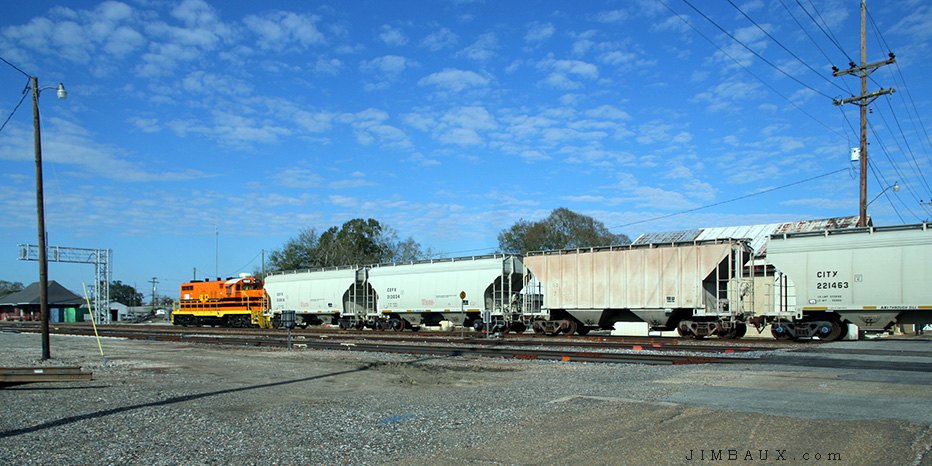



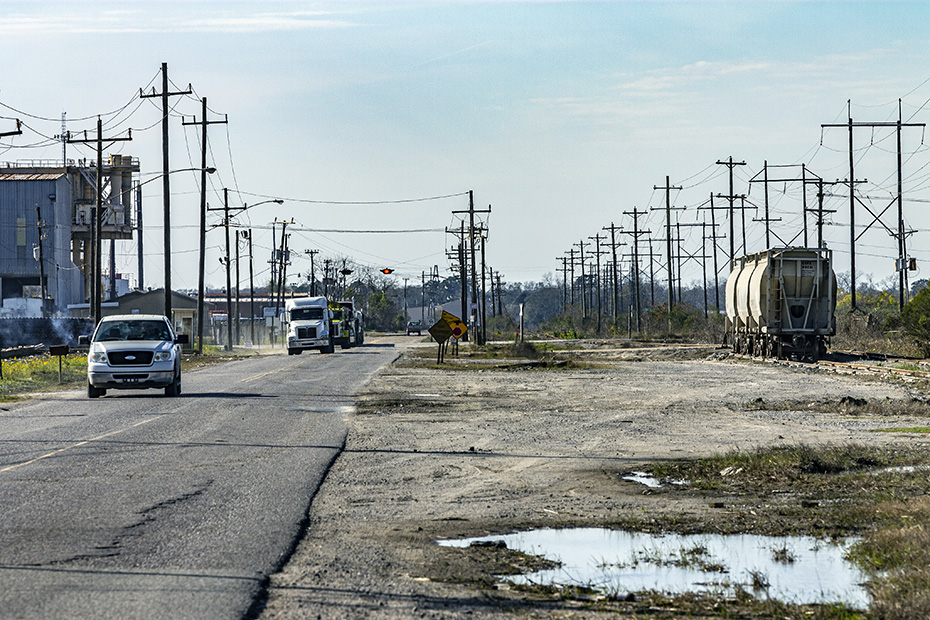
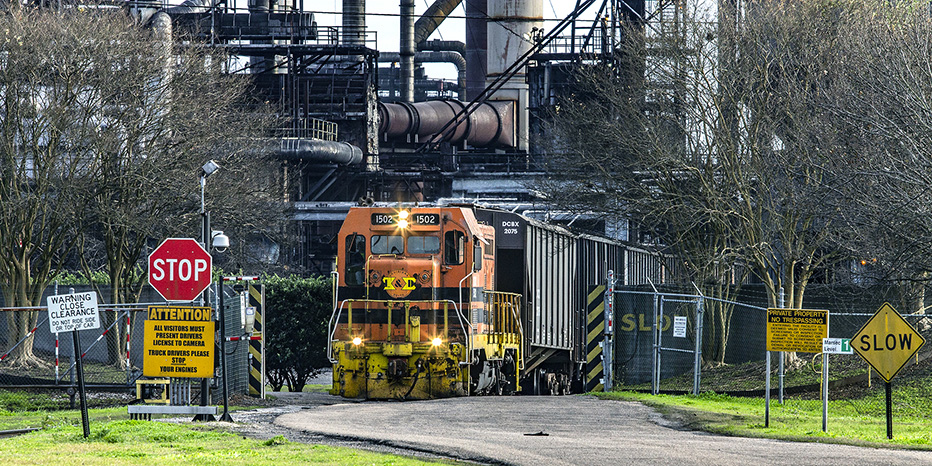







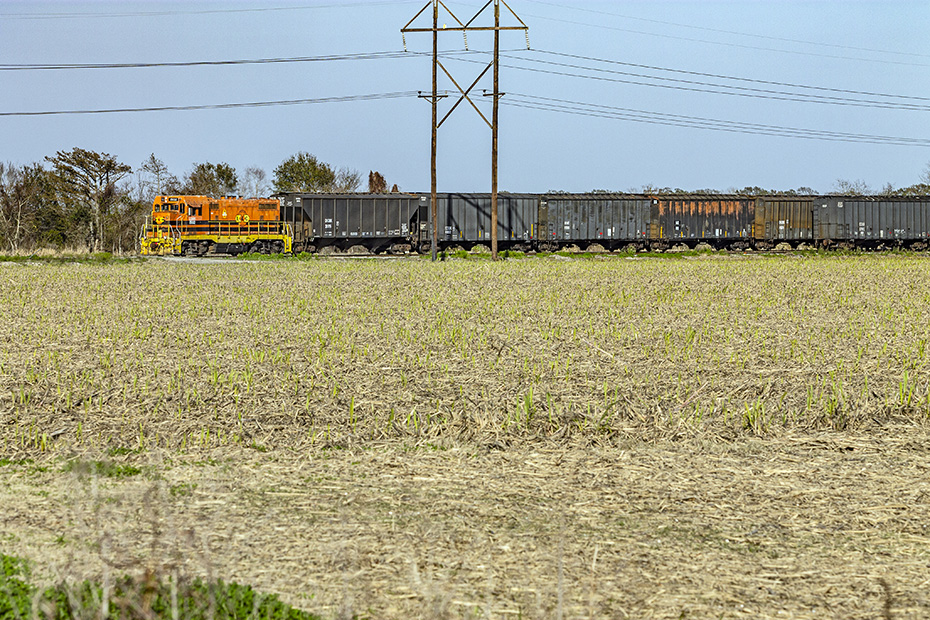



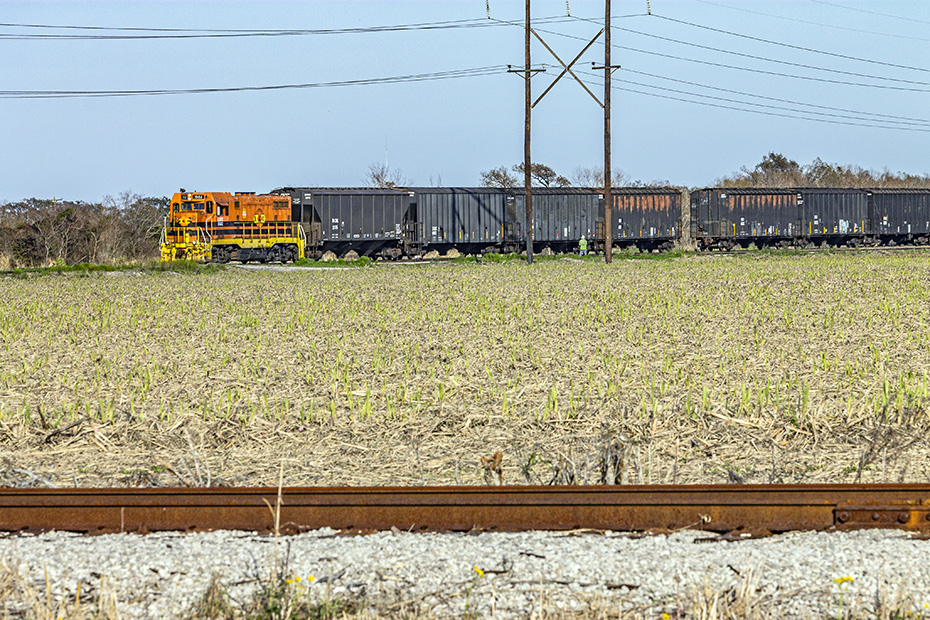












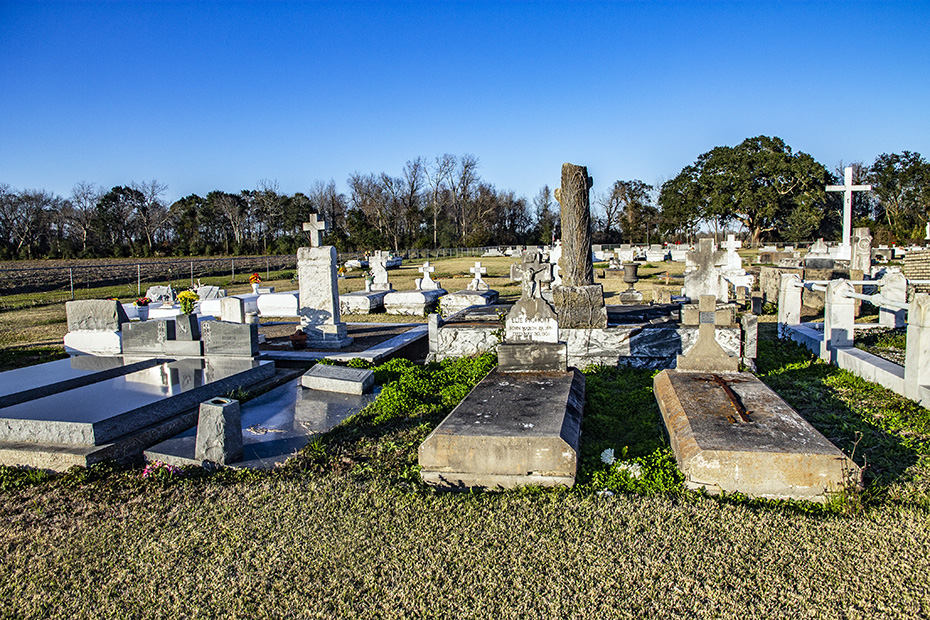















{ 1 comment… read it below or add one }
Thank you for your work. I enjoy your photography and thoughts.